Beating Chicago’s Summer heat.

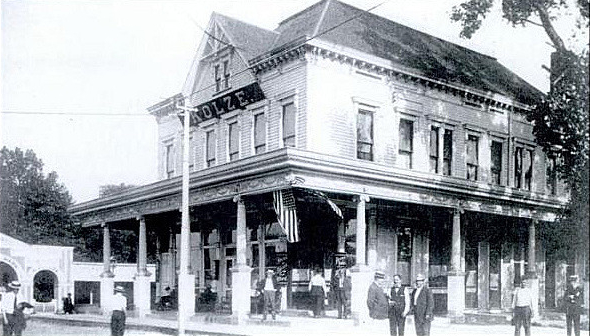
Back in the day before air-conditioning, Chicagoans needed a place to go during the hot summer months. Henry had an idea for “Kolze’s Electric Park”.
Henry James Kolze was born June 23 1859 in Leyden Township, and married Katherine Guthier. Starting out in 1884 they built a house and restaurant at 9300 W. Irving Park and called it the Colonial Inn along with a rather small picnic ground. He was so well known in the area that the nearby Soo Line railroad station was named Kolze Station until it was finally renamed in 1924.
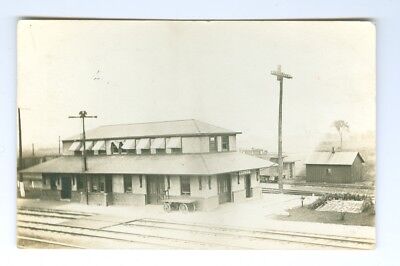
By 1901 he had bought land at 6353 Irving Park located just east of 64th Street (now Narragansett Avenue). There he built a new hotel, clapboard tavern, restaurant and several other buildings. The large amount of wooded area behind those buildings became his new Kolze’s Electric Park (also sometimes called Kolze’s Grove).
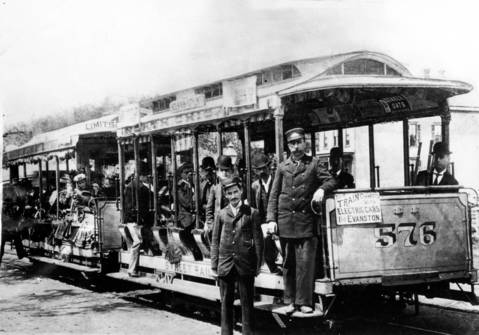
The street car line had recently been extended on Irving Park in 1896 and Henry’s park was conveniently on the end of the line. Electric parks and amusement parks were often located at the end of trolley lines to bolster weekend travel and therefore revenue. His park was also in the shadow of the Cook County Poor House and insane asylum commonly known as Dunning.
Henry did well. The general public happily entered through grand arches. There were church groups, labor unions, political organizations, military groups, and large family functions, all who could rent the entire park.. By 1905, Kolze’s boasted many buildings, a dance pavilion, shooting gallery, picnic tables, refreshments, , concession stands, and plenty of German beer, Attendance the park steadily increased during the 1910s and 1920s, leading Henry to undertake additional expansion of the park. By 1924, several new booths and refreshment stands had been added.
And there were plenty bright electric lights, hence the name “Electric Park”.
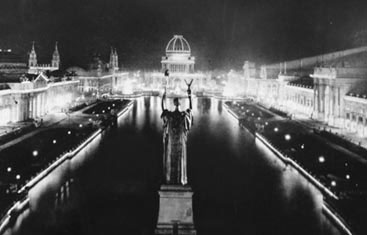
Outdoor lighting with electricity was introduced to Chicago at the 1893 Colombian Exposition, our huge world’s fair. Westinghouse, armed with Nikola Tesla’s alternating-current system, illuminated the Columbian Exposition in Chicago for $399,000, Every building, including the enormous Manufacturers and Liberal Arts Building, was outlined in white bulbs. This was the first large-scale test of alternating current. Reportedly the fair alone consumed three times as much electricity as the entire city of Chicago. Giant searchlights were mounted on the Manufacturers’ roof and swept the grounds and surrounding neighborhoods. They were the largest ever made was said to be visible sixty miles away.
Henry had first strung large gas lamps to offer illumination to a nightly orchestra, At the beginning of the 20th century, many places continued to be illuminated with this dangerous gas lighting. Henry soon converted the park to electric light which meant that guests could drink and dance well into the evening enjoying music and cooler air.
However in Chicago’s neighborhoods, outdoor electric lighting was still new and different and were far from a given.
Henry James Kolze Sr., who was also a county commissioner in 1904, died on June 11 1926 of pneumonia and was buried in Ridgewood Cemetery on Milwaukee Avenue . His son Henry James Kolze Jr 1891-1982 who was born in one the buildings on the picnic ground carried on operating the Kolze Electric Park until it closed. A grandson Henry Kolze III was born in 1927 and died 1986.
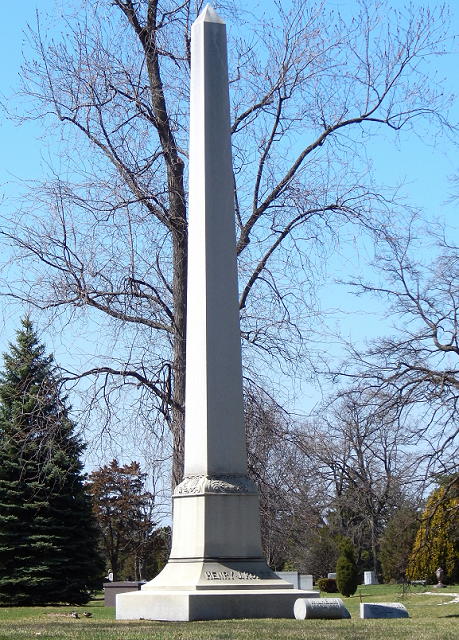
In 1947, the Chicago Park District acquired the property and would convert the picnic grove into a public park. The park district demolished 19 of 20 buildings on the site, except the original clapboard tavern which served as the park’s field house until it too was replaced in 1969. The new park became today’s Merrimac Park.
There were many other picnic groves in Chicago, actually dozens where people could escape the summer’s heat under the trees drinking beer, dancing, and being entertained. These were important meeting places on Sundays for Germans, Irish and anybody in Chicago. The most popular of course, was the picnic grove that became Riverview amusement park at Belmont Western, so large that it could hold thousands of people.
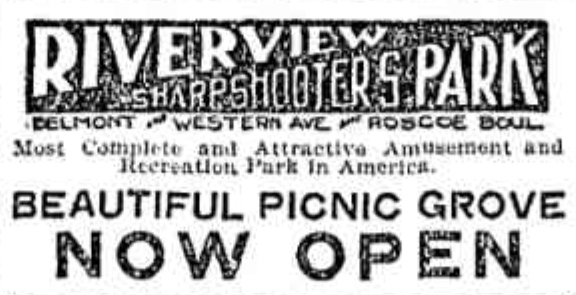

Picnic groves were somewhat of a cousin to cemeteries. After a funeral back in the day it was just common to have everybody gather in a picnic grove to drink away their sorrows and not to waste the day.
Scheiner’s Grove was actually on Bohemian national cemetery property catering to the mourners after funerals at Bohemian as well as the nearby Montrose and Saint Lucas cemeteries.

Scheiner’s offered patrons a wide variety of activities and amenities. There was a restaurant and beer hall facing 40th Avenue, from which visitors could walk to a foot bridge that led to the picnic grove on the other side of the river. The picnic grove featured a dancing pavilion, bowling alleys, and bars. Scheiner’s also offered complimentary parking; mourners could park their horse-drawn carriages in the grove’s own buggy shed while they buried their relatives in the adjoining cemetery.
See more including pictures about the picnic grove in a cemetery in my blog
A Liquor License in a Cemetery? – Chicago and Cook County Cemeteries
But some of the best places to have a picnic was actually within a Chicago cemetery, especially the larger ones like Rosehill, and Graceland.. Here generations could “talk” and break bread with both living and deceased . For decades it was a family tradition to spend a Sunday afternoon amongst the tombstones in the cemetery with a basket of food. And it was not uncommon to leave food or a beverage on the grave at the end of the day.

Sadly, as customs and changed, we tend not to visit the cemeteries as much as our parents and grandparents once did. It is still very important for us to remember those who have passed. It is all about family.
nicely done. Glad you got back to work lol
LikeLike
i promised myself ebay and blogs or else
LikeLike
Thank you for another enjoyable article.
LikeLike
thank you for your kind words. stay well, be safe
barry
LikeLike
Very interesting. I really enjoy these articles. Thank you!
LikeLike
thanks so much!!
LikeLike